You can find a planter pot that has holes in the base for good drainage. We recommend plastic plant pots with holes as the better choice. Here are 3 reasons why: Should you get a container that has drainage holes or one that doesn’t have any drainage holes at all? Are drainage holes necessary for a plant’s container at all times, or are there times when you can use a container that doesn’t have any at all? Many new plant owners find drainage holes to be quite confusing, which is understandable given the common misconception that all plants require drainage holes.  This plant care guide is going to focus on drainage holes, and we are going to go over everything you need to know about them. When you’ve finished reading this guide, you’ll have a complete understanding of how to use the two distinct types of pots for your indoor plants. The purpose of the holes referred to as drainage gives their name to this feature of the pot its significance, as they allow any excess water to escape. When you water your plants, the soil will take in as much of the moisture as it can, and the remaining water will fall to the lowest point of the container. This additional moisture drips out of the pot thanks to the drainage hole (or holes) that are located at the bottom of the pot. The drainage hole that you’ve created here is very important for maintaining the health of your plant. There are multiple ways in which your plant could be harmed if the moisture that collects at the base of the pot is unable to evaporate. It’s possible that your plant will get too much water as a result. The moisture that the soil needs to properly water your plant has already been absorbed by the soil, but there is still some excess moisture that has been left behind. Your plant will become suffocated by excess moisture if the soil does not dry out quickly enough. If you overwater your plant, the condition could get even worse because there is a greater chance that the plant will develop root rot as a result of the overwatering. Your plant benefits from the drainage hole that is located at the bottom of the pot, which protects it from all of these harmful things.
This plant care guide is going to focus on drainage holes, and we are going to go over everything you need to know about them. When you’ve finished reading this guide, you’ll have a complete understanding of how to use the two distinct types of pots for your indoor plants. The purpose of the holes referred to as drainage gives their name to this feature of the pot its significance, as they allow any excess water to escape. When you water your plants, the soil will take in as much of the moisture as it can, and the remaining water will fall to the lowest point of the container. This additional moisture drips out of the pot thanks to the drainage hole (or holes) that are located at the bottom of the pot. The drainage hole that you’ve created here is very important for maintaining the health of your plant. There are multiple ways in which your plant could be harmed if the moisture that collects at the base of the pot is unable to evaporate. It’s possible that your plant will get too much water as a result. The moisture that the soil needs to properly water your plant has already been absorbed by the soil, but there is still some excess moisture that has been left behind. Your plant will become suffocated by excess moisture if the soil does not dry out quickly enough. If you overwater your plant, the condition could get even worse because there is a greater chance that the plant will develop root rot as a result of the overwatering. Your plant benefits from the drainage hole that is located at the bottom of the pot, which protects it from all of these harmful things.  Given that drainage holes are necessary for the health of your plant, the question arises as to why some pots lack drainage holes. Let’s take a look at that, and while we’re at it, let’s also talk about how you can still grow plants in these pots. Even though drainage holes are very important, you can still use pots that don’t have any of those holes in them. You can continue to use those pots, but in order to ensure that your plant stays healthy, you will need to take some additional care. In flowerpots that don’t have drainage holes, there are two things you can do to protect your plants from being overwatered and rotting at the roots: Put a layer of material that is not organic at the bottom of your pot. Make a raised bed by utilizing the plastic pot with holes that came with your plant. Let’s take a quick look at both of these methods because they’re both simple ways to use those pots that don’t have drainage holes while still ensuring the health of your plants. As we have seen in previous lessons, root rot can be caused by having water sitting in the bottom of your pot. On the other hand, if you make a foundation out of inorganic material, there is a lower probability that something will start to rot. Make a raised bed by utilizing the plastic pot with holes that came with your plant.
Given that drainage holes are necessary for the health of your plant, the question arises as to why some pots lack drainage holes. Let’s take a look at that, and while we’re at it, let’s also talk about how you can still grow plants in these pots. Even though drainage holes are very important, you can still use pots that don’t have any of those holes in them. You can continue to use those pots, but in order to ensure that your plant stays healthy, you will need to take some additional care. In flowerpots that don’t have drainage holes, there are two things you can do to protect your plants from being overwatered and rotting at the roots: Put a layer of material that is not organic at the bottom of your pot. Make a raised bed by utilizing the plastic pot with holes that came with your plant. Let’s take a quick look at both of these methods because they’re both simple ways to use those pots that don’t have drainage holes while still ensuring the health of your plants. As we have seen in previous lessons, root rot can be caused by having water sitting in the bottom of your pot. On the other hand, if you make a foundation out of inorganic material, there is a lower probability that something will start to rot. Make a raised bed by utilizing the plastic pot with holes that came with your plant.  The second choice you have is to reuse the plastic container that was shipped with your plant. This container’s bottom is perforated with drainage holes, allowing you to easily water the plant whenever it requires it. Because you can place this plastic pot inside of another type of pot that does not have a drainage hole, you can continue to use the other types of pots. When you use the plastic pot that has holes in the bottom, the pot that it is standing in that does not have drainage holes will catch any excess moisture that may be produced. The moisture will be collected by the outer pot, which will also keep the moisture away from the soil in the inner pot. New plant owners often struggle to understand the purpose of drainage holes. They are puzzling due to the ease with which one can overwater plants. If this is the case, then why would one want to purchase a pot that retains excess water? This is a fortunate development. Pots that do not have drainage holes can be used successfully in a variety of ways. Even if the container in which your plant was grown does not have any drainage holes, it is possible to achieve satisfactory drainage by placing the plastic pot that the plant was grown in inside of the container. Both containers with and without drainage holes are wonderful growing media that are suitable for any plant. Any plant can be successfully grown in a container that does not have drainage holes by simply taking a few extra steps.
The second choice you have is to reuse the plastic container that was shipped with your plant. This container’s bottom is perforated with drainage holes, allowing you to easily water the plant whenever it requires it. Because you can place this plastic pot inside of another type of pot that does not have a drainage hole, you can continue to use the other types of pots. When you use the plastic pot that has holes in the bottom, the pot that it is standing in that does not have drainage holes will catch any excess moisture that may be produced. The moisture will be collected by the outer pot, which will also keep the moisture away from the soil in the inner pot. New plant owners often struggle to understand the purpose of drainage holes. They are puzzling due to the ease with which one can overwater plants. If this is the case, then why would one want to purchase a pot that retains excess water? This is a fortunate development. Pots that do not have drainage holes can be used successfully in a variety of ways. Even if the container in which your plant was grown does not have any drainage holes, it is possible to achieve satisfactory drainage by placing the plastic pot that the plant was grown in inside of the container. Both containers with and without drainage holes are wonderful growing media that are suitable for any plant. Any plant can be successfully grown in a container that does not have drainage holes by simply taking a few extra steps.  In order to meet all of your manufacturing requirements, we work hard to maintain the industry’s most extensive and flexible inventory of wholesale and bulk plastic containers. Our selection of plastic containers wholesale near me includes everything from small plastic bottles to large plastic jugs and jars, and all of them are made with the intention of giving you the ability to package your products in the highest possible quality. Our plastic containers are fabricated using the most long-lasting materials, such as high-density polyethylene (HDPE), low-density polyethylene (LDPE), and polyethylene terephthalate (PET) plastics, the majority of which are recyclable.
In order to meet all of your manufacturing requirements, we work hard to maintain the industry’s most extensive and flexible inventory of wholesale and bulk plastic containers. Our selection of plastic containers wholesale near me includes everything from small plastic bottles to large plastic jugs and jars, and all of them are made with the intention of giving you the ability to package your products in the highest possible quality. Our plastic containers are fabricated using the most long-lasting materials, such as high-density polyethylene (HDPE), low-density polyethylene (LDPE), and polyethylene terephthalate (PET) plastics, the majority of which are recyclable.

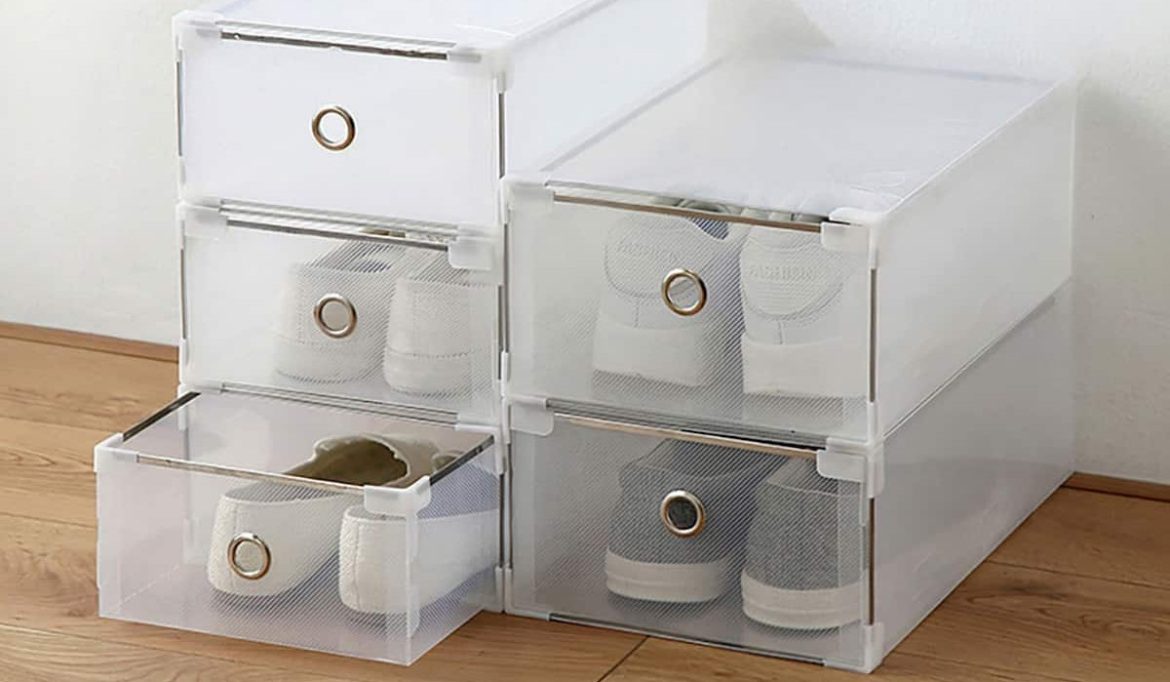
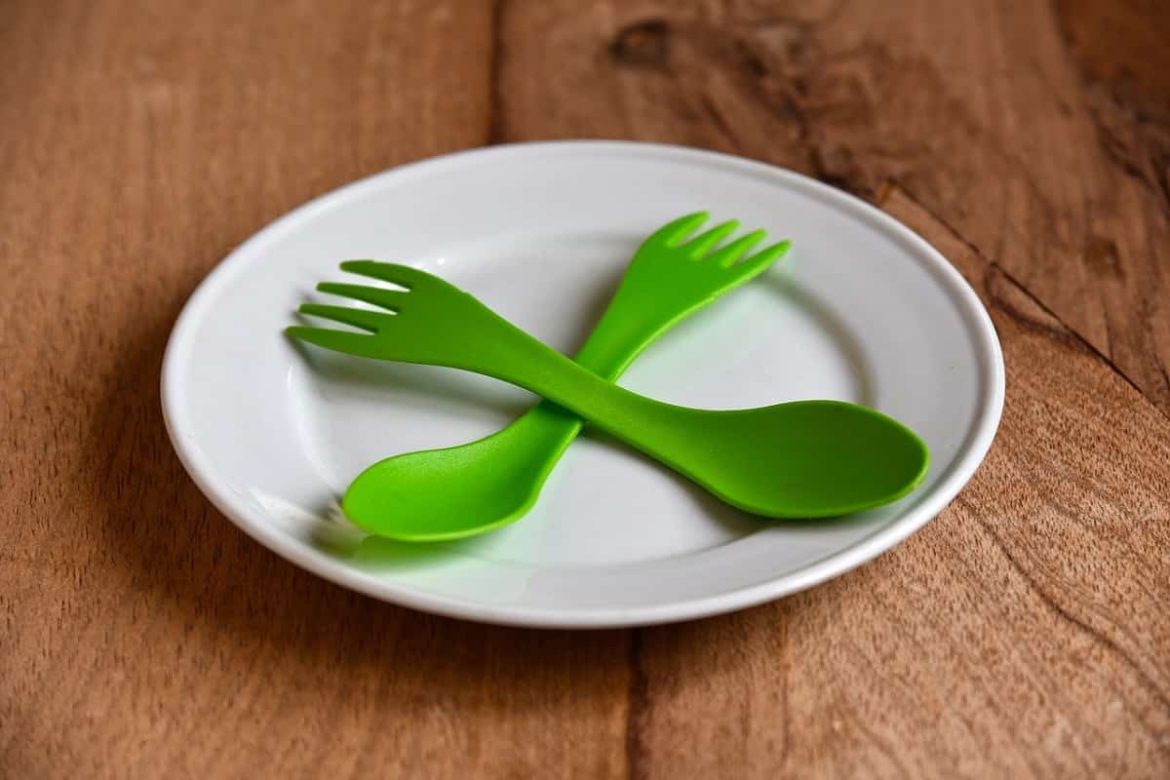
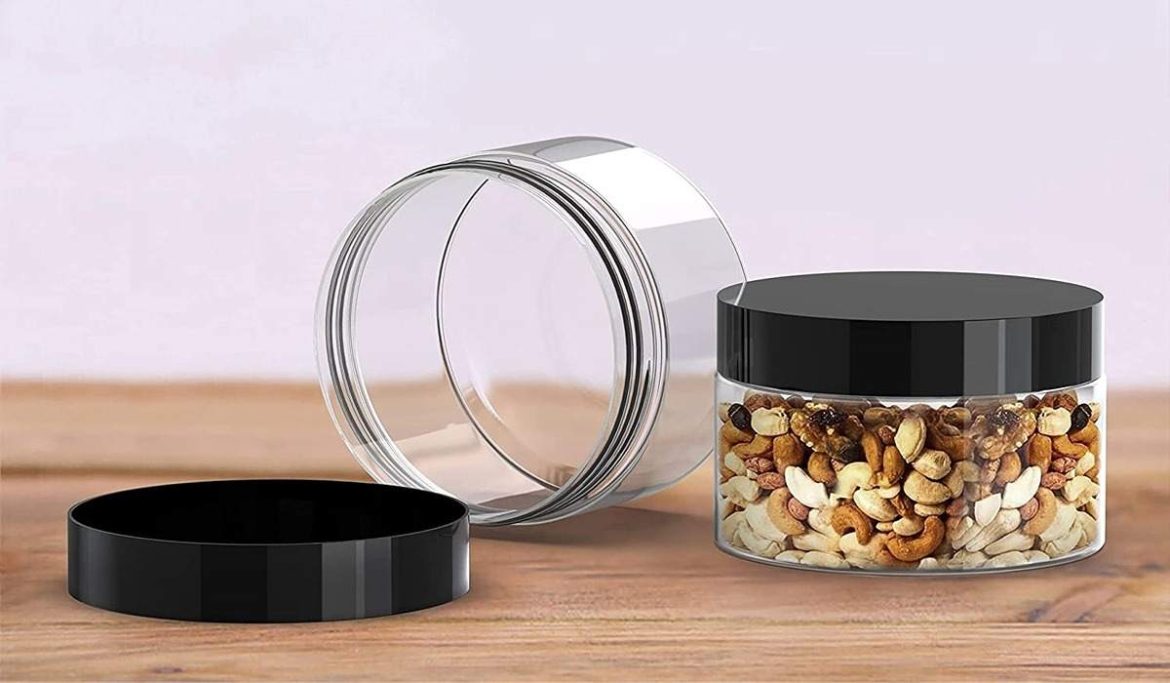
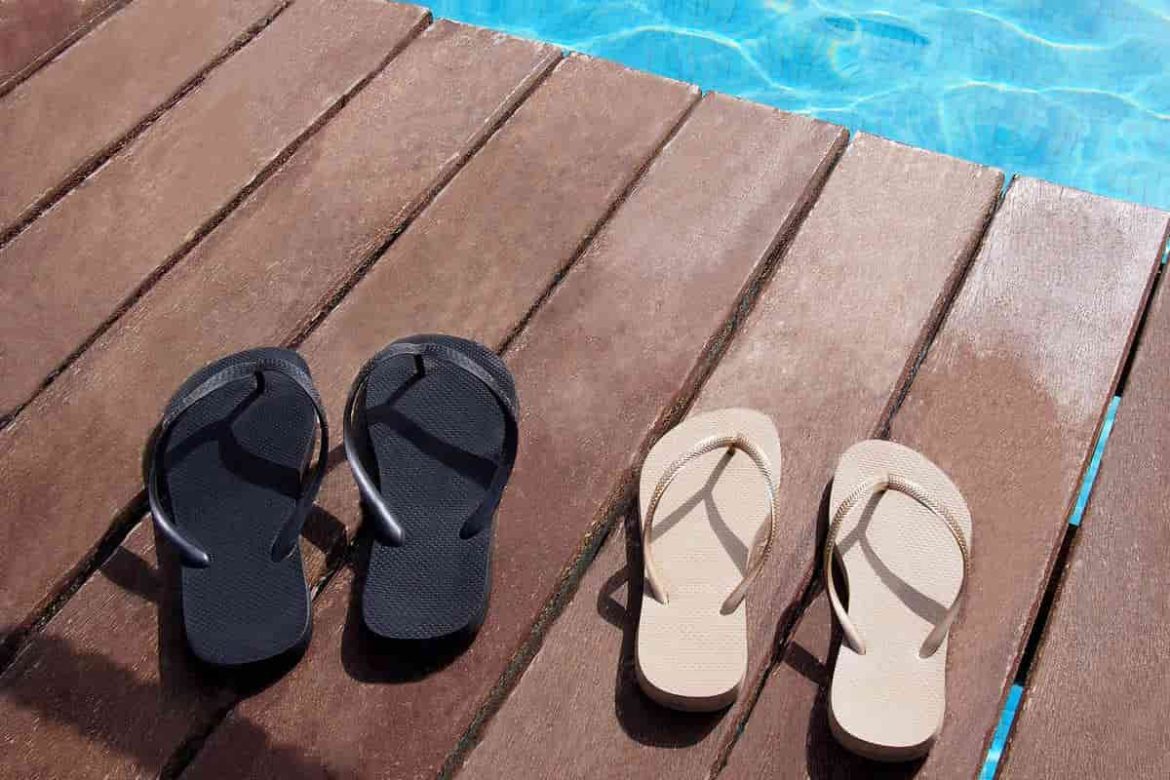
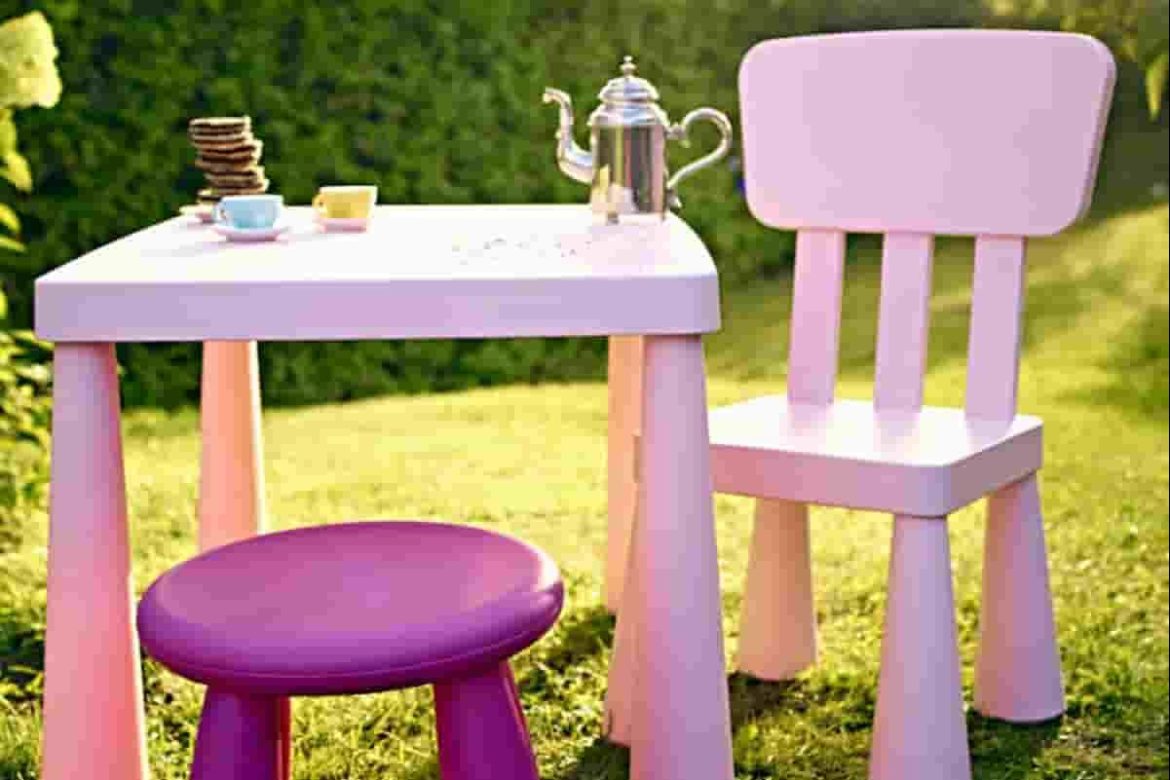
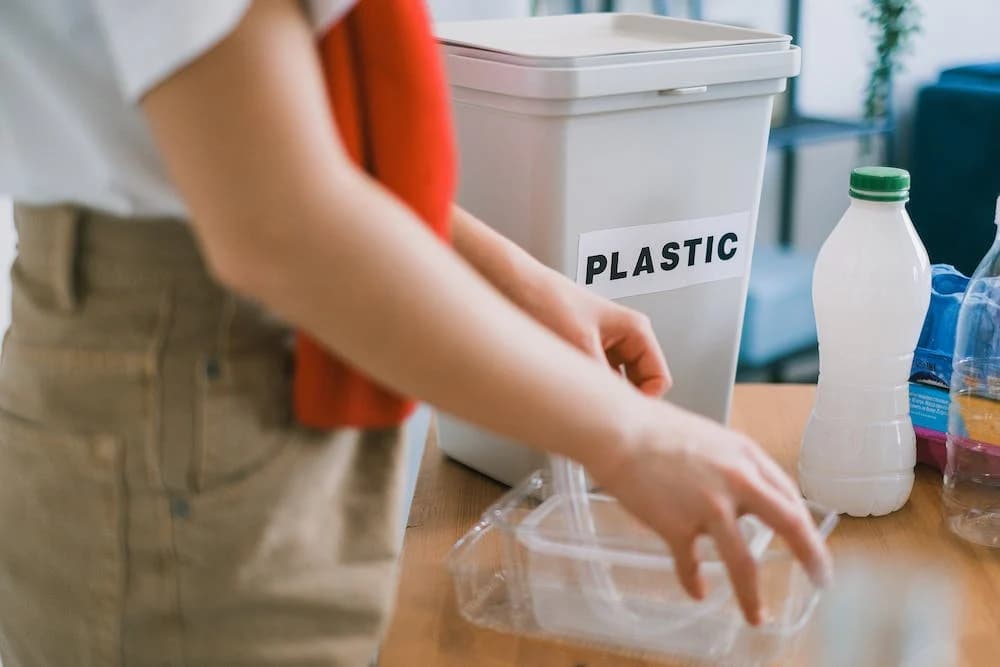
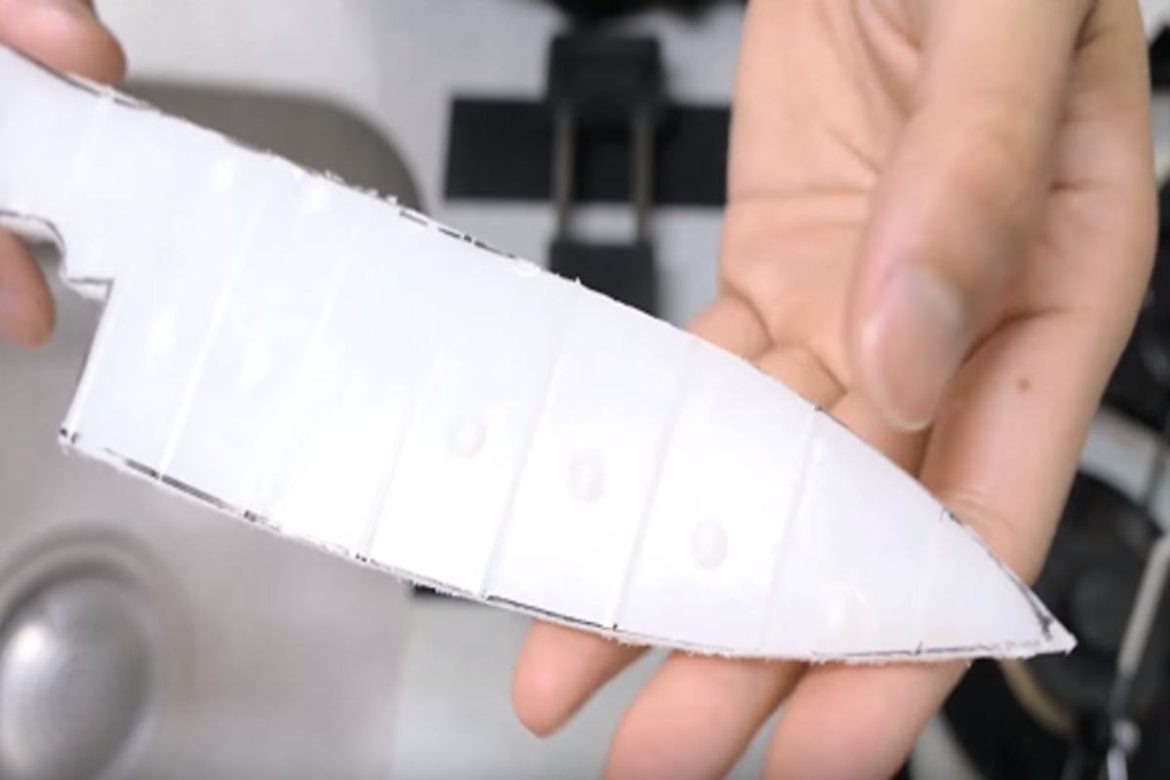
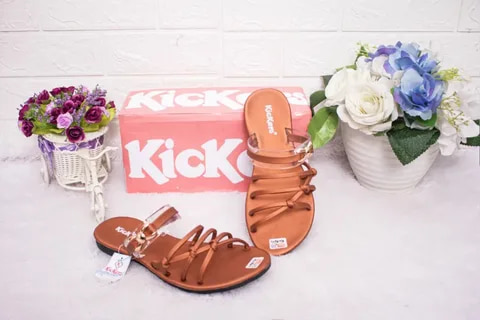
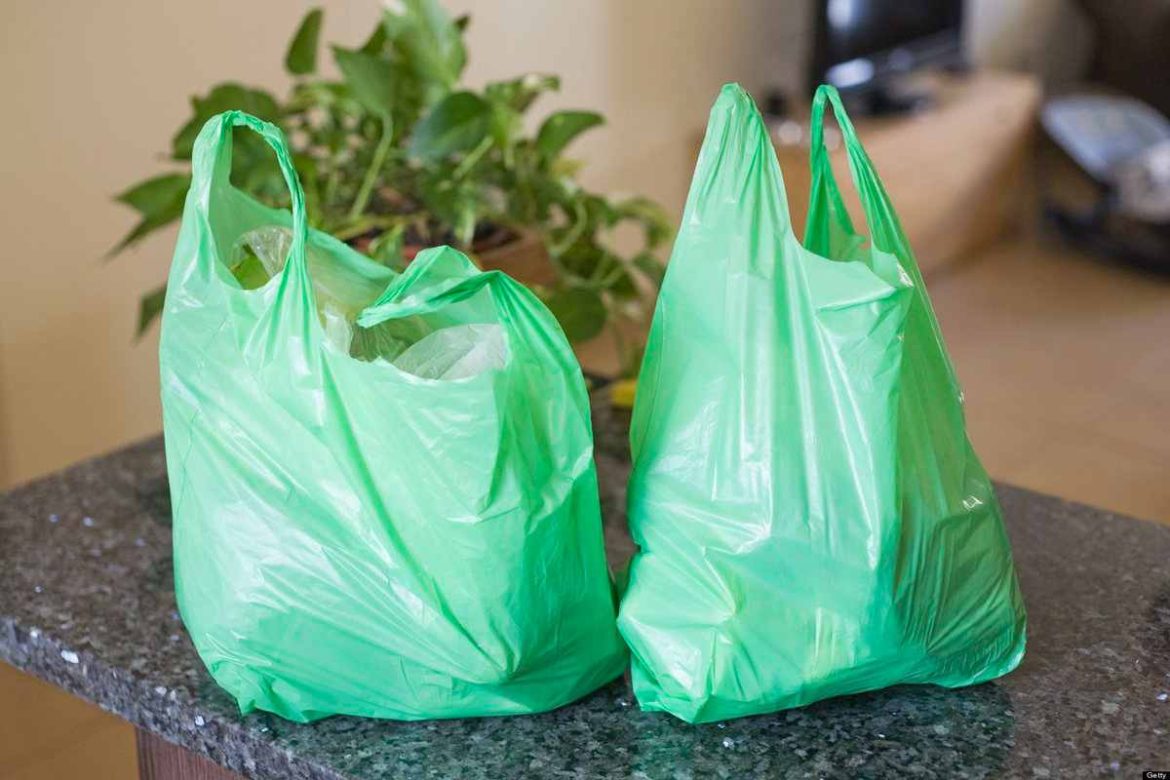
Your comment submitted.